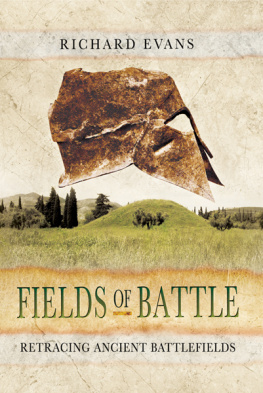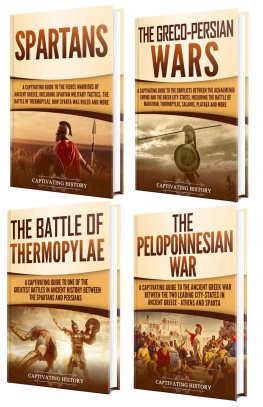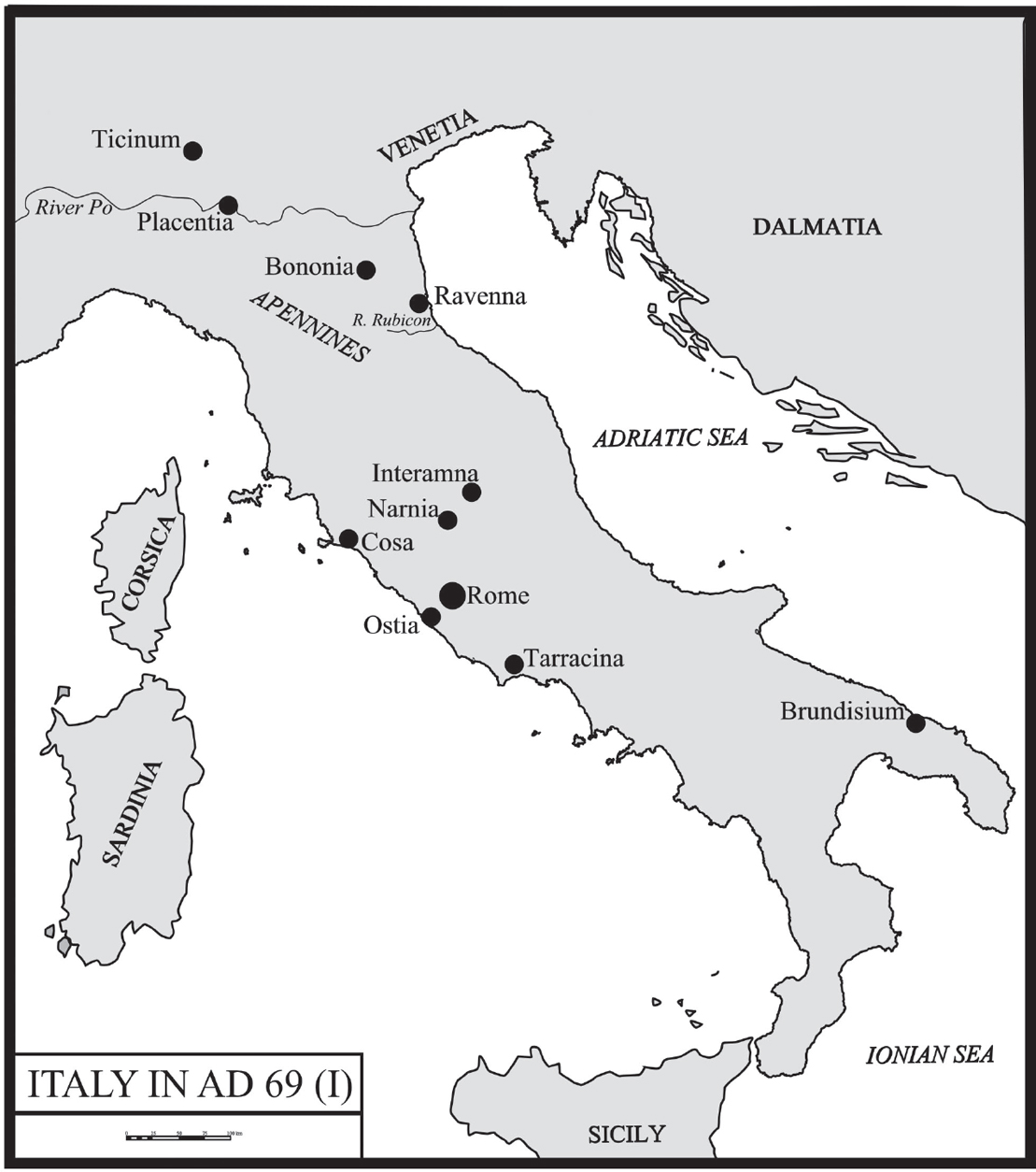First published in Great Britain in 2015 by
Pen & Sword Military
an imprint of
Pen & Sword Books Ltd
47 Church Street
Barnsley
South Yorkshire
S70 2AS
Copyright Richard Evans 2015
ISBN: 978 1 84884 796 5
PDF ISBN: 978 1 47385 998 2
EPUB ISBN: 978 1 47385 997 5
PRC ISBN: 978 1 47385 996 8
The right of Richard Evans to be identified as the Author of this Work has been asserted by him in accordance with the Copyright, Designs and Patents Act 1988.
A CIP catalogue record for this book is available from the British Library
All rights reserved. No part of this book may be reproduced or transmitted in any form or by any means, electronic or mechanical including photocopying, recording or by any information storage and retrieval system, without permission from the Publisher in writing.
Typeset in Ehrhardt by
Mac Style Ltd, Bridlington, East Yorkshire
Printed and bound in the UK by CPI Group (UK) Ltd,
Croydon, CRO 4YY
Pen & Sword Books Ltd incorporates the imprints of Pen & Sword Archaeology, Atlas, Aviation, Battleground, Discovery, Family History, History, Maritime, Military, Naval, Politics, Railways, Select, Social History, Transport, True Crime, and Claymore Press, Frontline Books, Leo Cooper, Praetorian Press, Remember When, Seaforth Publishing and Wharncliffe.
For a complete list of Pen & Sword titles please contact
PEN & SWORD BOOKS LIMITED
47 Church Street, Barnsley, South Yorkshire, S70 2AS, England
E-mail:
Website: www.pen-and-sword.co.uk
Contents
Acknowledgements
I should like to thank Dr Martine de Marre, Professor Philip Bosman and Professor Rosemary Moeketsi (Executive Dean of the College of Humanities, UNISA) who have all been colleagues and friends for many years for their kindness, support and valuable encouragement in making this volume possible. Through their efforts and support I was able to obtain a research grant from the University of South Africa, Pretoria, which has allowed the time to engage fully with the topics dealt with in the following pages and so considerably eased the process of completion of the project.
I should also like to record a special word of thanks to the team at Pen & Sword: Matt Jones, Ting Baker, and Phil Sidnell for their constant professional advice and acute insights, which have proved invaluable in bringing this project to a successful conclusion.
Abbreviations
S tandard abbreviations are applied throughout this work for ancient authors cited in the text and in the footnotes. Modern works are referenced by surname and date alone but are fully referenced in the bibliography at the end of the volume.
The translations of the ancient texts and any inaccuracies in these or indeed elsewhere in the following pages are solely my responsibility.
Maps
Plates
Introduction
W hereas in the volume Fields of Death (2013) I focussed on the sieges of the cities of Sybaris (510 BC), Syracuse (414413 BC), Motya (397 BC), and Alexandria (4847 BC), in the following pages the discussion concentrates on how logistics, geography and weather all affected the military campaigns of the Ionian War (500493 BC), the battles at Marathon and Thermopylae (490480 BC), the battle of Ilerda and the siege of Massilia (49 BC) and finally the two battles that occurred near Cremona in AD 69.
No battlefield is a static place because of the constant movement of the opposing sides, but it is not just the personnel on the ground who have a role to play. The logistics of moving an army or fleet or both, as is often a feature of this discussion, to the battlefield plays a fundamental role in the outcome. It was poor logistics that arguably cost Darius a triumph north of the Danube or Xerxes his victory in Greece, while Otho lost his war and life at Brixellum because his legions were late arriving to do battle with his opponent Vitellius. The problem of supplying an army is continually apparent in Caesars account of the campaign around Ilerda. But it is not simply logistical problems that can affect the result of military campaigns; there is also the weather, about which ancient writers and their audiences were clearly as concerned as they are today. Unusually early snow became a problem for the supporters of Vespasian after the second battle of Bedriacum in November 69, which slowed down their advance from the Po Valley because the Apennine passes were almost impassable. The worst storms in anyones memory adversely affected the lines of communication and caused severe shortages in supplies for the protagonists in the fighting around Ilerda. Flash flooding and high water levels in the rivers destroyed bridges and isolated both Caesarian and Pomepeian armies until repairs could be made. On the other hand, high winds caused problems for the besiegers and defenders at Massilia at the same time as the floods in Iberia. The landscape of the Po Valley, with its multiplicity of streams and rivers, and its unique system of dykes and drainage channels over a very extensive area of cultivatable land, became both an obstacle and a much sought after advantage in the bitter conflicts played out in AD 69. Finally there are the geographical factors such as mountains, valleys, rivers and coastal waters, all of which affected the strategies employed by the commanders in the field. Arguably much of the combat that took place on land in the Ionian War (499493 BC) lay along river valleys which gave access either to the interior of Asia Minor or to the coast where the Greek cities were situated. The inability of the Pompeians to reach the safety of the hills above the Ebro Valley was their undoing in 49 BC. Storms in the Aegean caused severe damage to the Persian fleets in both 492 and 480 BC and no forward planning could take account of this factor, which caused Mardonius to fail in Thrace and Xerxes ambitions to occupy Greece to be wrecked. Storms disrupted the bridging and the crossing of the Hellespont in 480 and ultimately destroyed Persian pride in their great undertaking. Secret tracks in the mountains gave the Persians the advantage they needed to inflict their famous victory over the Spartans at Thermopylae in 480. Columns of Athenian troops hidden in the Vrana Valley took the Persians by surprise on the plain of Marathon in 490. The military tacticians might plan their strategies but there were a plethora of reasons for success or failure.
Next page

































